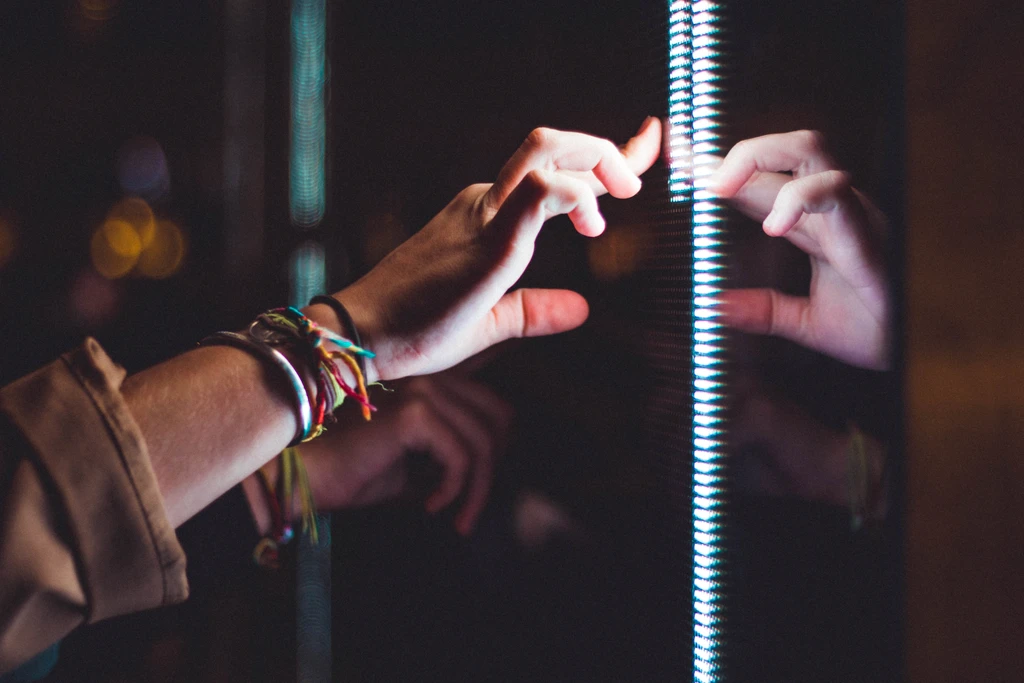How Cognitive Science Shapes Intuitive Interfaces
Apr 14, 2023

As the world of technology evolves, the role of user experience (UX) designers has become more complex and interdisciplinary. One of the most exciting developments in UX design is the intersection of cognitive science with design principles, particularly the field of neuroaesthetics. This relatively new discipline explores the connection between the brain's response to visual stimuli and its influence on our perception of aesthetics, emotions, and decision-making. In this article, we will delve into the world of neuroaesthetics and discuss its implications for creating more intuitive, engaging, and delightful user interfaces.
The Science Behind Neuroaesthetics
Neuroaesthetics is a field that merges the studies of neuroscience, psychology, and aesthetics to better understand how our brains process and respond to visual stimuli. Researchers in this field examine the neural and cognitive processes that take place when we perceive, evaluate, and emotionally engage with art, design, and visual experiences.
The premise of neuroaesthetics is that our brains have evolved to recognize and appreciate certain visual patterns, shapes, and colors, which elicit emotions and cognitive responses. By understanding the principles behind these reactions, UX designers can create interfaces that are more pleasing, engaging, and intuitive for users.
Principles of Neuroaesthetics in UX Design
Several principles derived from neuroaesthetics research can inform UX design practices. These include:
a. Visual Hierarchy:
Our brains are wired to prioritize and process visual information based on its perceived importance. By creating a clear visual hierarchy in your designs, you can guide users' attention to the most critical elements and improve the overall user experience.
b. Cognitive Load:
Neuroaesthetic research has shown that the human brain can only process a limited amount of information at once. UX designers must be mindful of cognitive load when creating interfaces, ensuring that users are not overwhelmed with excessive information or complex interactions.
c. Color Theory:
Colors can evoke strong emotions and reactions in users, and studies in neuroaesthetics have identified the psychological effects of specific colors. By leveraging these insights, UX designers can create color palettes that enhance user experience, reinforce branding, and influence user behavior.
d. Gestalt Principles:
The Gestalt principles describe how our brains perceive and organize visual information based on patterns and relationships. Incorporating these principles into your designs can lead to more cohesive, intuitive, and visually appealing interfaces.
Practical Applications of Neuroaesthetics in UX Design
UX designers can apply neuroaesthetic principles to various design elements, such as layout, typography, color, and imagery. Here are some practical examples:
a. Layout:
Create a visual hierarchy by strategically placing essential elements in prominent positions, using the size and contrast to draw attention to the most important information.
b. Typography:
Choose legible typefaces that are easy to read, and establish a clear hierarchy of headings and subheadings to guide users through the content.
c. Color:
Utilize color theory and emotional associations with colors to create a harmonious and engaging color palette that supports your brand and messaging.
d. Imagery:
Select images and illustrations that resonate with your target audience and reinforce your brand identity, ensuring that they are meaningful and enhance the overall user experience.
Conclusion
Neuroaesthetics provides valuable insights into how our brains process visual information and respond to aesthetics. By incorporating these principles into UX design, designers can create more intuitive, engaging, and visually appealing interfaces that resonate with users on a deeper level. As the field of neuroaesthetics continues to evolve, so too will the opportunities for designers to refine and enhance their craft, ultimately leading to more satisfying and immersive digital experiences.